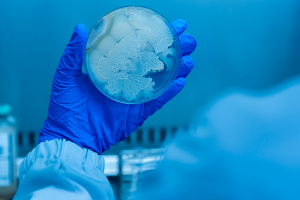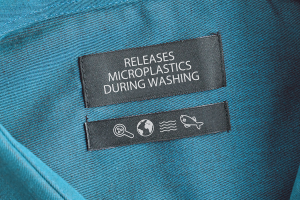Agar is the healthiest hydrocolloid on the market
Let’s begin with a short explanation of what hydrocolloids are. Hydrocolloids are a large family of polysaccharides and proteins that dissolve in water as colloids and are highly prone to forming gels. Thanks to these properties, they have a wide variety of applications. They help to texturize, thicken, bind, emulsify, stabilize, form foam, films, gel, thin and increase adherence. Due to all these applications, they can be found in countless ways in our daily life.
There is a wide range of hydrocolloids: Guar rubber, Konjac, gelatin, starch, agar, alginates, carrageenans… They are of animal origin, such as gelatin, from fruit, such as pectin, from algae, such as agar or manufactured from plants, such as xanthan gum.

Of all the range of hydrocolloids on the market, agar is the healthiest. Traditionally, in traditional Asian medicine, it has been recognized as having various properties. Agar is moisturizing, easily digestible, satiating, regulates the intestinal transit, provides minerals, contains less than 0.2% fat, decreases cholesterol absorption and sugar and flushes out toxic residues. Finally, it is the main vegan and natural alternative to animal-based gelatin. At Agarmex we have a wide range of bacteriological agars adapted to any of your needs.
Category: Food Agar







